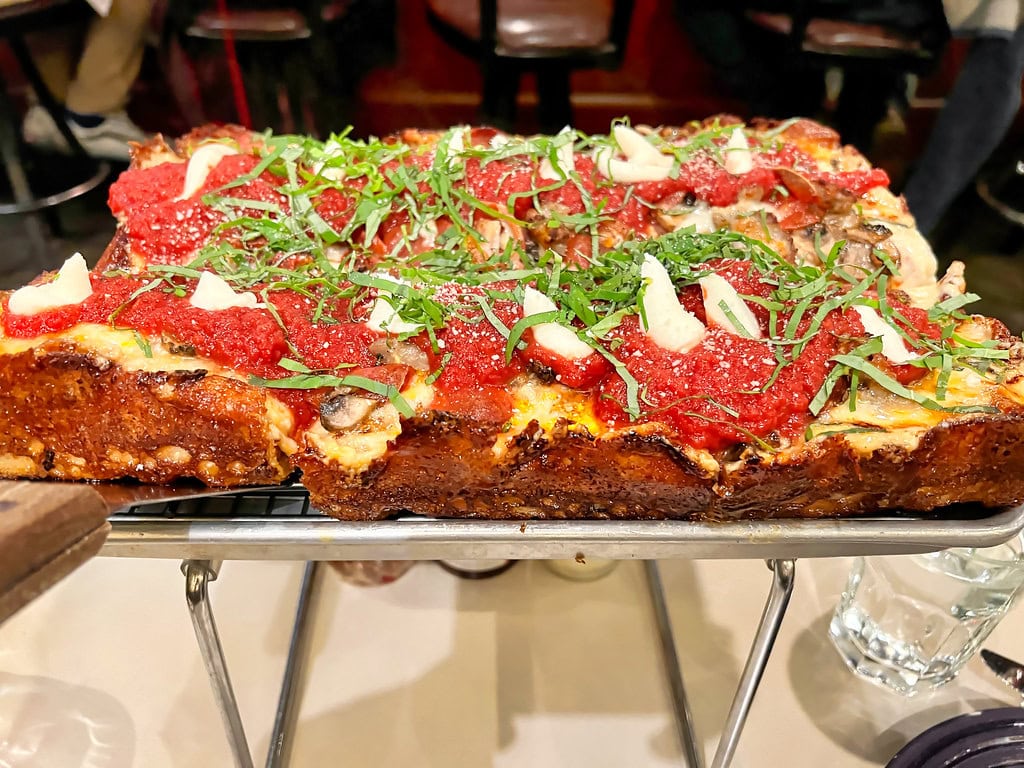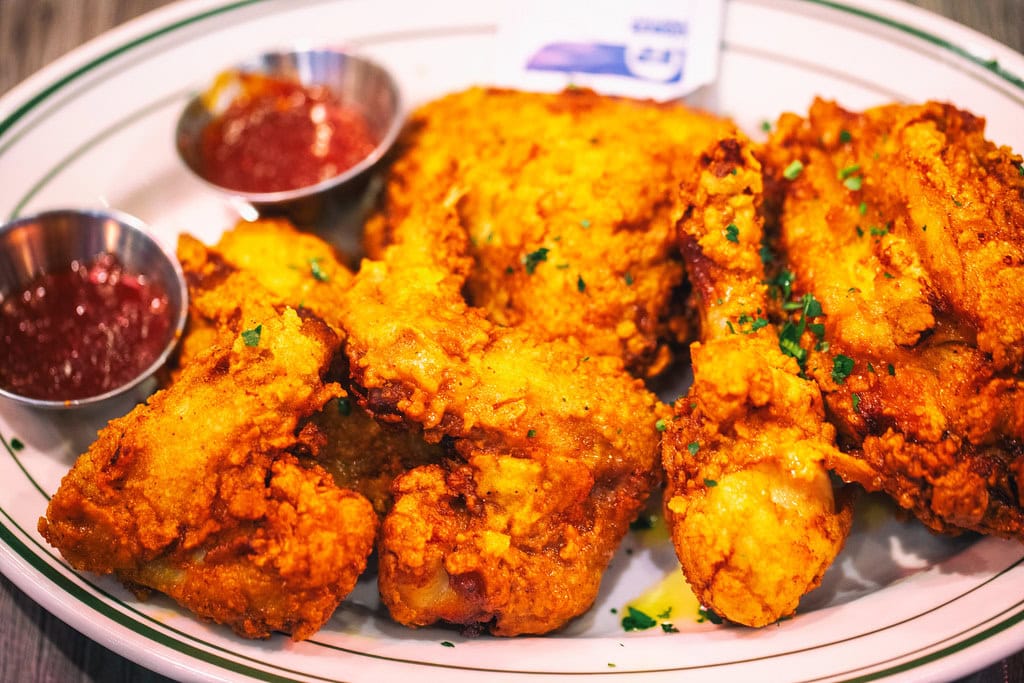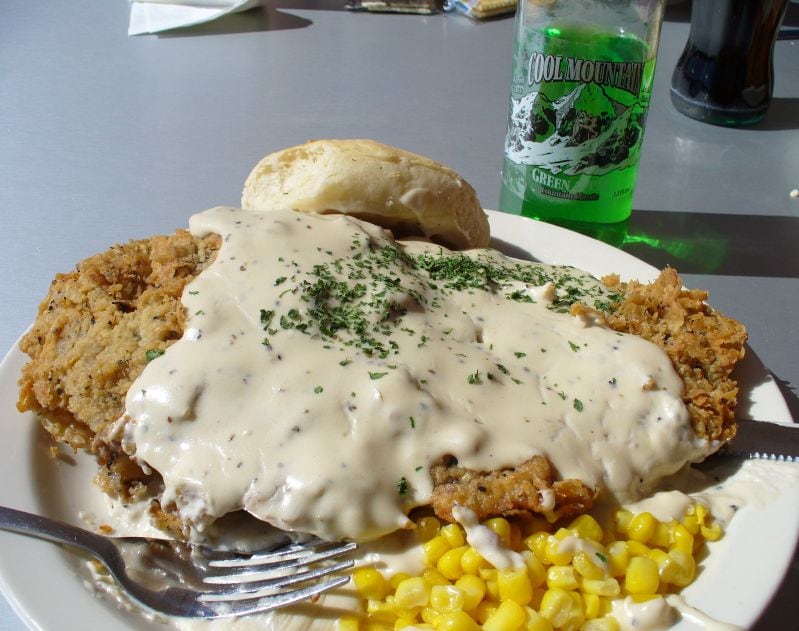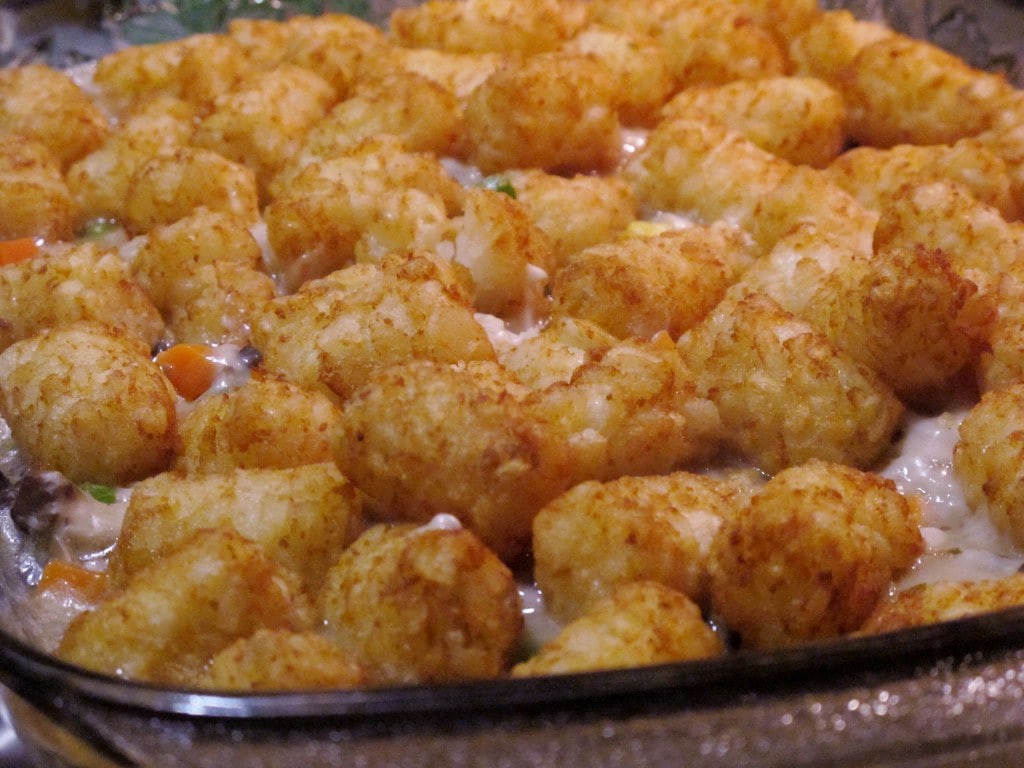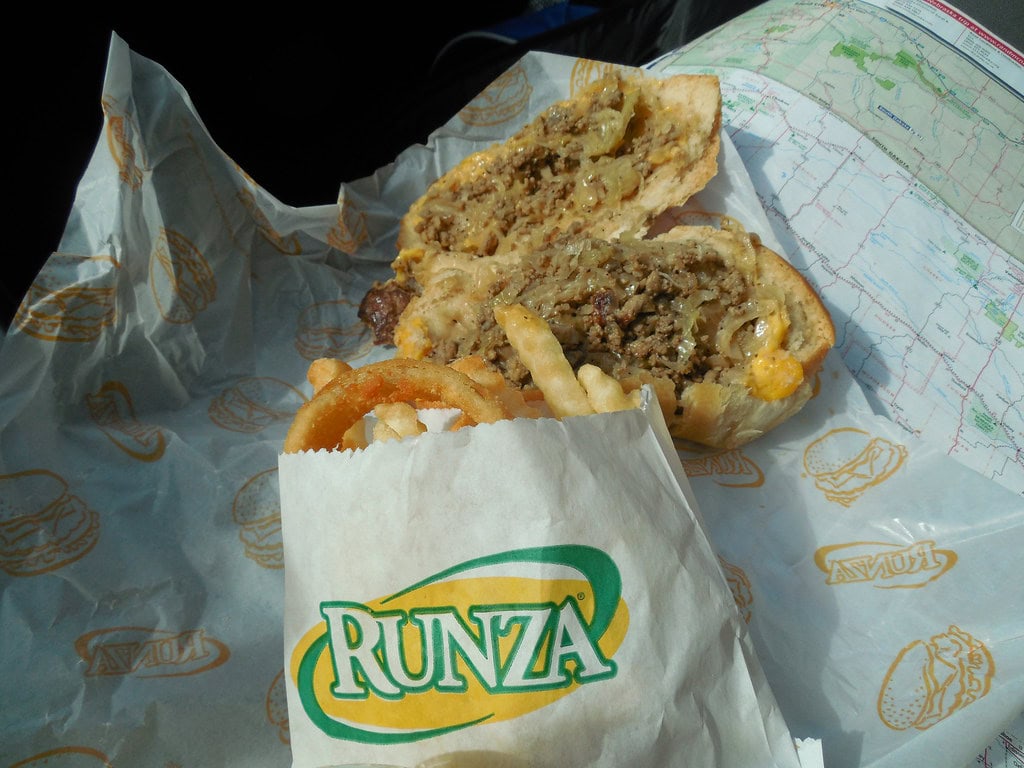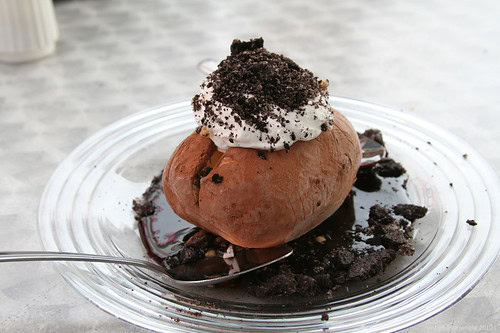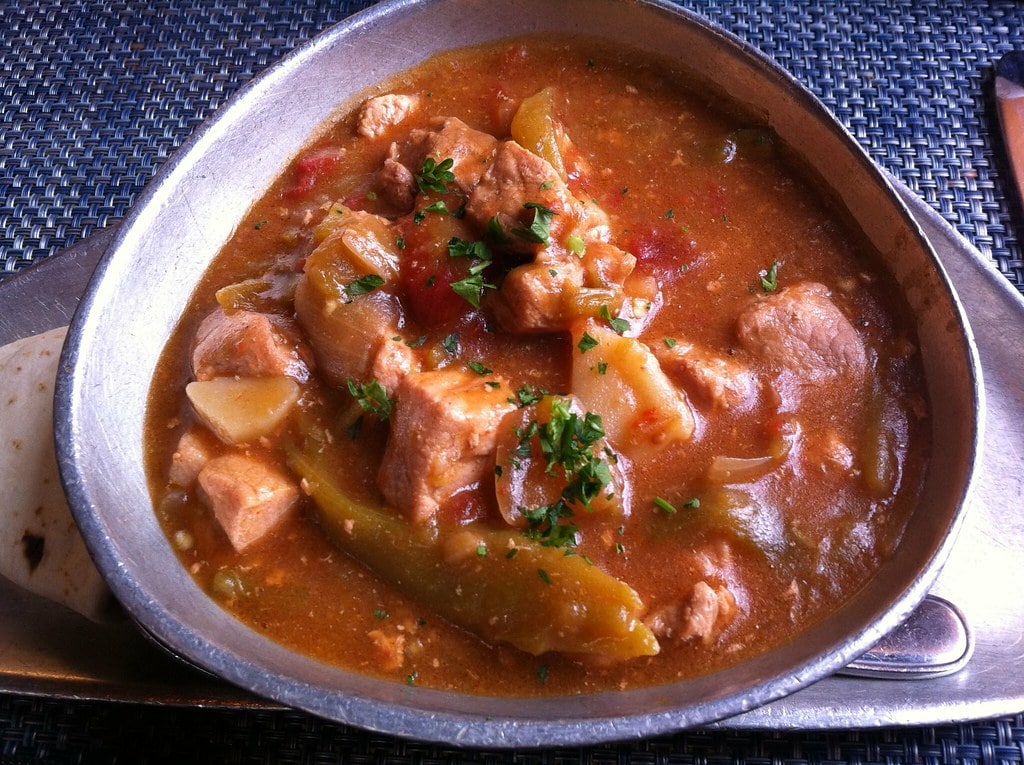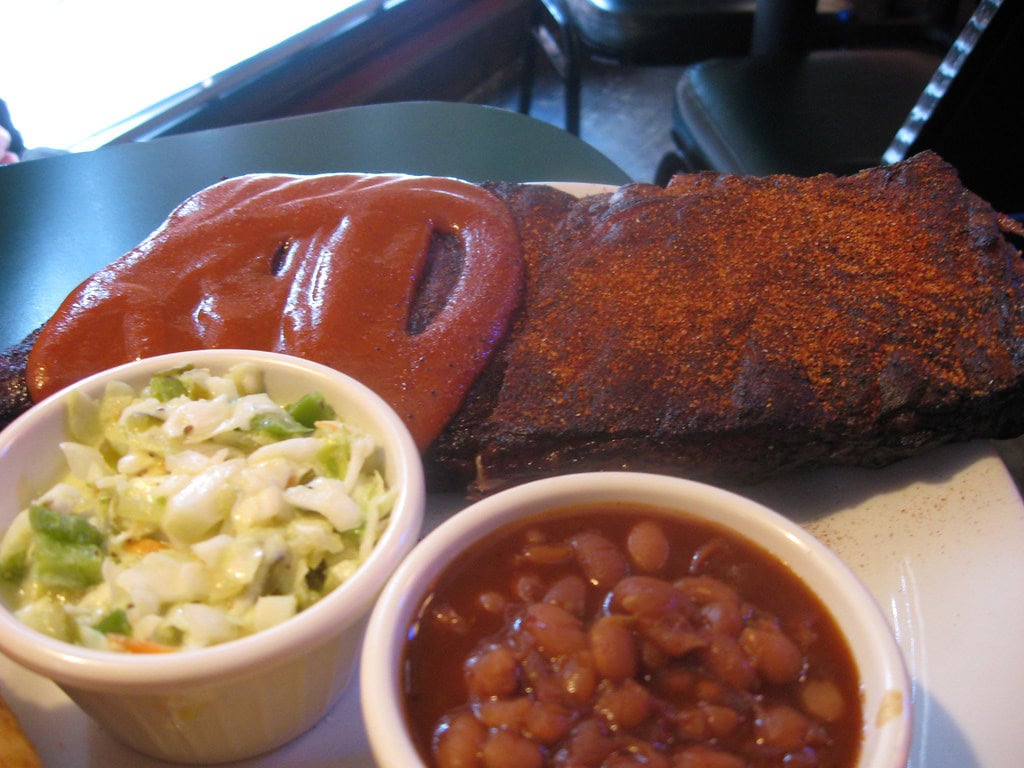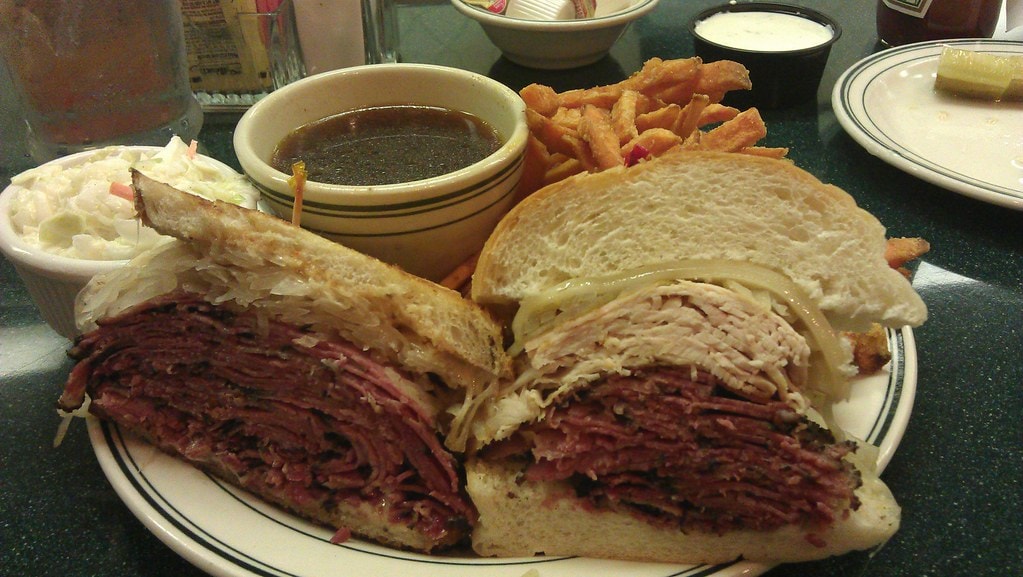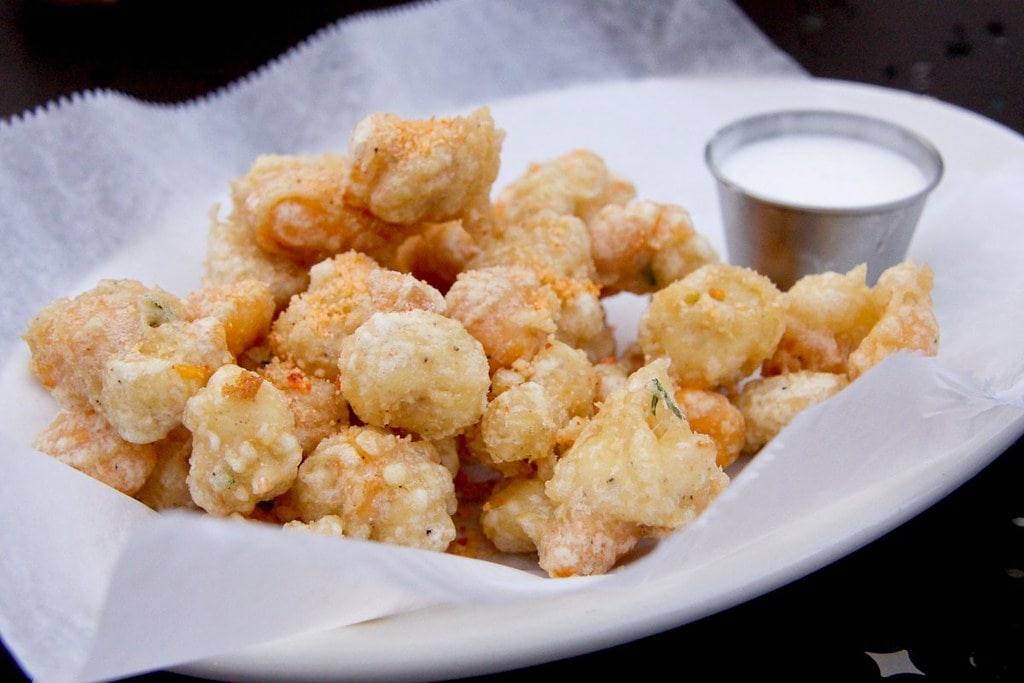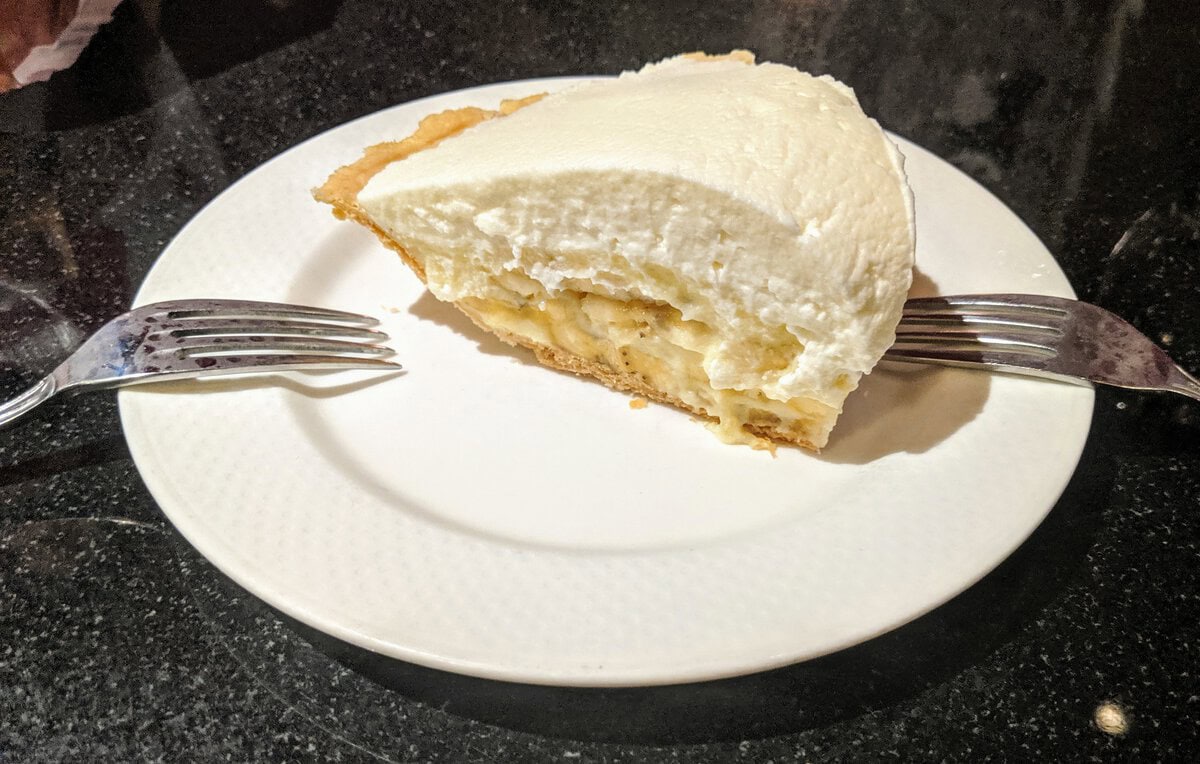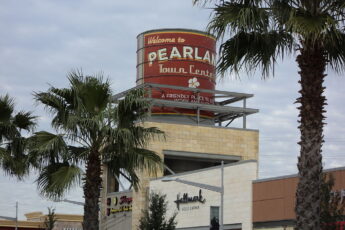The Best Food in West Virginia: A Bite Into Appalachian Flavor
West Virginia is best known for one food above all, pepperoni rolls. This handheld snack, soft bread stuffed with pepperoni, started as a coal miner's lunch and turned into a statewide favorite.
You'll find it in bakeries, gas stations, and grocery stores from Morgantown to Charleston. But while pepperoni rolls take the spotlight, they're just one part of West Virginia's food culture.
The state's cuisine is a mix of Appalachian traditions, immigrant influences, and old-fashioned country cooking.
Meals were shaped by necessity; people relied on what they could hunt, grow, or preserve.
That's why wild ramps, pawpaws, and salt-rising bread became staples. Soups and stews, like slow-cooked pinto beans with cornbread, kept families full through tough winters.
Apple butter, buckwheat pancakes, and Chucky beans carried the taste of home across generations.
Diners and old-school restaurants have kept many of these foods alive. Some, like Jim's Steak and Spaghetti House, have been serving the same dishes for decades.
Others, like roadside bakeries selling fresh pepperoni rolls, prove that simple, satisfying food never goes out of style.
West Virginia's best dishes aren't fancy, but they tell the story of the land and the people who call it home.
1. Pepperoni Rolls: West Virginia's Most Famous Snack
Pepperoni rolls started as a coal miner's lunch and became West Virginia's signature food.
They were first made in the 1920s by Giuseppe Argiro, an Italian immigrant and bakery owner in Fairmont.
He saw miners carrying bread and pepperoni separately, so he decided to bake the pepperoni inside the dough.
The result was a portable, filling snack that didn't need refrigeration.
The original version was simple, just soft white bread with a stick of pepperoni in the middle.
Over time, variations appeared. Some use sliced pepperoni, while others add cheese or spicy seasonings.
Bakeries across the state put their twist on the recipe, but the core idea remains the same.
Pepperoni rolls are sold everywhere in West Virginia.
You'll find them in grocery stores, gas stations, and local bakeries. Some places, like Country Club Bakery in Fairmont, have been making them for generations.
Schools even serve them as part of lunch menus.
Despite their popularity, pepperoni rolls are mostly a West Virginia specialty.
Attempts to introduce them in other states haven't always caught on, making them a unique part of the state's food culture.
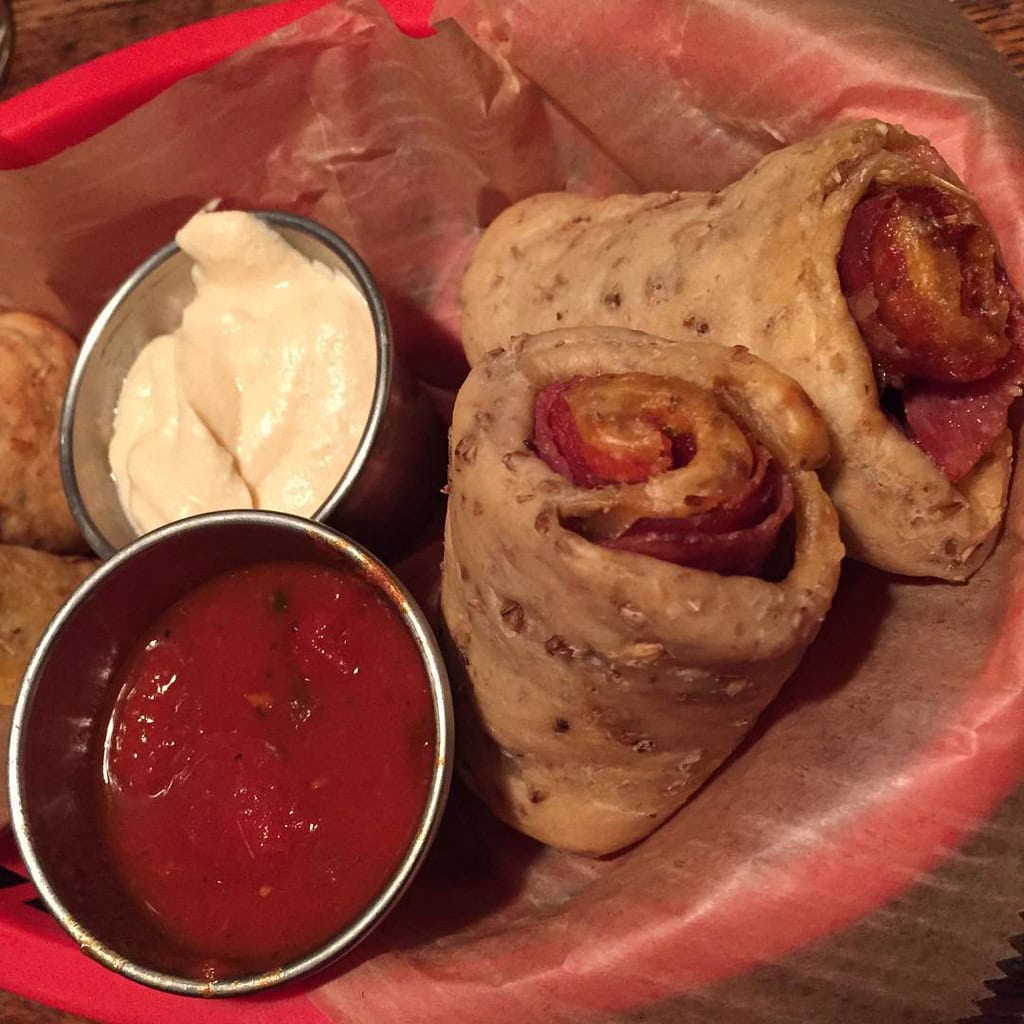
2. Ramps: Appalachia's Most Divisive Ingredient
Ramps are wild onions with a strong, garlicky smell that grow in West Virginia's forests every spring.
They've been part of Appalachian cooking for generations, with families foraging for them in the mountains.
Some people love their bold flavor, while others can't stand the overpowering aroma.
The most traditional way to eat ramps is to fry them in bacon grease and serve them with eggs and potatoes.
Some people chop them raw into salads or pickle them for later use. Their intense taste adds depth to soups, sauces, and even cornbread.
Because ramps take years to grow, overharvesting has become an issue. In some areas, people are encouraged only to take part in a patch so the plants can continue growing.
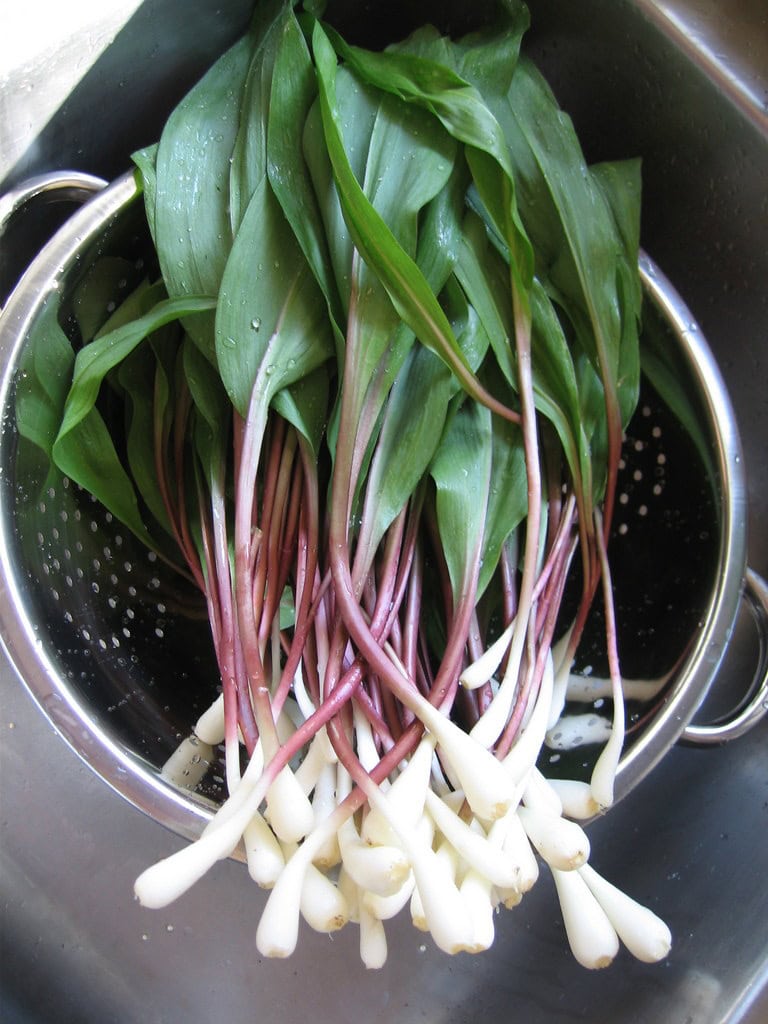
Farmers have also started cultivating ramps to meet demand without harming wild populations.
Every April, Richwood hosts the Feast of the Ramson, a festival dedicated to ramps.
Locals and visitors gather to enjoy ramp-filled meals and celebrate this seasonal ingredient.
Even those who don't like eating them can still appreciate their role in Appalachian food traditions.
3. Soup Beans and Cornbread: A Classic Appalachian Meal
Soup beans, made from slow-cooked pinto beans, have been a staple in West Virginia homes for generations.
This simple dish, often paired with cornbread, was a practical meal when money and ingredients were limited.
Beans were affordable, easy to store, and packed with protein.
The basic recipe includes dried pinto beans, water, salt, and some form of pork, usually ham hocks or bacon.
The beans simmer for hours, absorbing the smoky flavor from the meat. Some people add onions or spices, but the dish stays simple.
Cornbread is the natural sidekick. Baked in a cast-iron skillet, it develops a crispy crust while staying soft inside.
Some prefer sweet cornbread, while others stick to the more traditional, savory version.
Either way, it perfectly soaks up the broth from the beans.
Many West Virginians grew up eating soup beans and cornbread. The meal is still popular at family dinners, diners, and community gatherings. It's a dish that brings comfort and tradition to the table.
4. Golden Delicious Apples: West Virginia's Sweetest Discovery
The Golden Delicious apple was discovered in Clay County in 1912. A farmer named Anderson Mullins found a tree producing yellow apples with a mild, sweet taste.
He shared them with Stark Brothers Nursery, which bought the rights and began selling the apples across the country.
Golden Delicious apples are known for their crisp texture and honey-like flavor.
They work well in everything from pies to cider, and their firm flesh holds up when baked.
Unlike tart apple varieties, they don't need much sugar, making them great for fresh eating.
Every September, Clay County hosts the Golden Delicious Festival to celebrate its famous fruit.
The event features apple-themed dishes, contests, and parades, honoring the apple's history and connection to West Virginia.
While other states now grow Golden Delicious apples commercially, West Virginians still take pride in their origins.
The apple's success reminds us how something small, one seedling on a farm, can grow into something much bigger.
5. Shucky Beans: Preserving Green Beans the Old Way
Shucky beans, also called leather britches, are dried green beans that have been a part of Appalachian cooking for generations.
Before refrigeration, people needed ways to store vegetables through the winter.
Stringing up green beans to dry was a simple and effective method.
The process is straightforward. Fresh green beans are washed, snapped, and threaded onto a string. They hang in a dry, airy place, like a porch or attic, until they shrivel up. Once completely dry, they're stored until needed.
To cook shucky beans, they're rehydrated and simmered with water, salt, and a piece of smoked meat, usually bacon or ham hock.
This brings out a deep, smoky flavor that fresh green beans don't have. Some people add onions or vinegar for extra taste.
Though drying beans this way isn't as common today, some families still practice it.
Farmers' markets occasionally sell shucky beans, and a few restaurants include them on their menus.
The tradition continues, passed down from one generation to the next.
6. Pawpaws: West Virginia's Wild Fruit with a Tropical Taste
Pawpaws are one of the few native fruits found in West Virginia's forests. Unlike apples or peaches, these grow wild, usually near riverbanks or in shaded areas.
Their green skin hides soft, custard-like flesh with a flavor that's often compared to a mix of banana, mango, and melon.
Pawpaws ripen in late summer and early fall. When they're ready, they give off a strong, sweet scent, and their skin turns slightly yellow. The fruit spoils quickly, which is why you won't often see it in grocery stores.
Most people eat them fresh, but some use the pulp in recipes like pies, smoothies, and even ice cream.
West Virginia celebrates its pawpaw heritage with seasonal festivals, during which visitors can taste different pawpaw-based dishes.
Some breweries in the state have even experimented with pawpaw-flavored craft beer.
Though the fruit has never gained large-scale commercial success, small farms have started growing pawpaws to make them more available to the public.
Because they grow naturally and have been a food source for centuries, pawpaws remain one of the state's most unique and seasonal treats.
7. Buckwheat Pancakes: A West Virginia Breakfast Tradition
Buckwheat pancakes have been a part of West Virginia's food history for generations.
Unlike regular pancakes, these are made with buckwheat flour, giving them a darker color and a slightly tangy taste.
Some recipes use yeast or buttermilk to create a soft texture, while others keep them thin, almost like crepes.
West Virginia's connection to buckwheat comes from its ability to grow well in the state's rocky soil.
Farmers relied on it for years because it matured quickly and could be harvested before frost.
Today, buckwheat isn't as widely grown, but its role in the state's food traditions hasn't faded.
The Preston County Buckwheat Festival in Kingwood keeps this dish in the spotlight.
Every fall, visitors gather for meals of buckwheat pancakes, sausage, and homemade syrup.
Many locals grew up with the festival and return year after year.
Though not as common in restaurants as regular pancakes, buckwheat pancakes still appear on menus in diners and small-town cafes.
Some people prefer them with butter and syrup, while others roll them up with sausage or eggs inside.
8. Salt-Rising Bread: An Appalachian Baking Tradition
Salt-rising bread has been around for centuries, but it remains one of West Virginia's most unusual breads.
Instead of yeast, it relies on a naturally fermented starter made from milk, cornmeal, or potatoes.
This slow fermentation process gives the bread a dense texture and a strong, cheese-like aroma.
The starter must be kept warm overnight, allowing bacteria to develop and creating the gases that make the dough rise.
This method was common before commercial yeast was available, especially in Appalachian households.
The process can be tricky, too much heat kills the bacteria, while too little doesn't activate the fermentation.
The baked bread has a firm crumb and a slightly tangy taste. It toasts well and pairs with butter, jam, or apple butter. Some people love its rich flavor, while others find the smell too strong.
Few bakeries still make salt-rising bread, but home bakers continue to pass down recipes.
The technique requires patience, but for those who master it, the result is a loaf with a deep history and a one-of-a-kind flavor.
9. Cam's Ham: A Classic Huntington Sandwich
Since 1957, Cam's Ham in Huntington has been known for one thing: its sugar-flaked ham sandwich.
This local favorite features thinly shaved ham glazed with a sweet coating and piled onto a toasted Grecian bun.
The combination of smoky, salty, and sweet flavors makes it one of West Virginia's most distinctive sandwiches.
The key to Cam's Ham's success is its preparation. The ham is shaved so thin that it almost melts in your mouth. The sugar glaze adds a slight caramelization, giving it a balance of savory and sweet.
A little lettuce and a special house sauce round out the sandwich.
Though Cam's Ham serves other diner-style dishes, the ham sandwich remains its best-known item.
The restaurant has kept the same recipe for decades, building a loyal following.
Customers include locals who have been eating there for years and visitors seeking out regional specialties.
Cam's Ham has stayed true to its roots, keeping the menu simple and the quality consistent.
It's a place where a good sandwich doesn't need any modern twists, just the right ingredients, prepared the same way every time.
10. Jim's Steak and Spaghetti House: A Huntington Tradition
Jim's Steak and Spaghetti House has been serving homemade spaghetti in Huntington since 1938.
What started as a small diner has grown into one of the state's most well-known restaurants.
The spaghetti, topped with a simple tomato-based sauce, remains the restaurant's signature dish.
Unlike many Italian-American sauces, Jim's keeps things straightforward. The slow-cooked sauce is mild and slightly sweet and doesn't overpower the pasta.
Customers can order it plain or with ground beef, but the base recipe hasn't changed in decades.
Some regulars even add meatballs or extra cheese.
Though spaghetti is the star of Jim's menu, it also includes steaks, sandwiches, and salads.
Every June, the restaurant holds Strawberry Pie Week, a highly anticipated event during which customers line up for slices of fresh strawberry pie topped with whipped cream.
Jim's old-school interior, red booths, white tablecloths, and classic diner charm add to its appeal.
The James Beard Foundation has recognized the restaurant as an "American Classic," cementing its place in West Virginia's food culture.
Despite changing times, Jim's has kept its approach simple, serving the same recipes that have brought customers back for generations.


